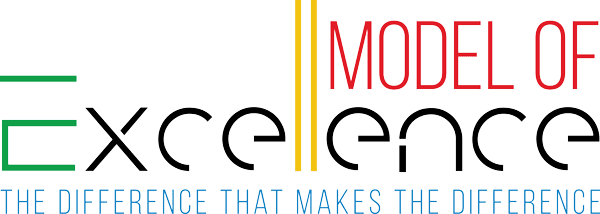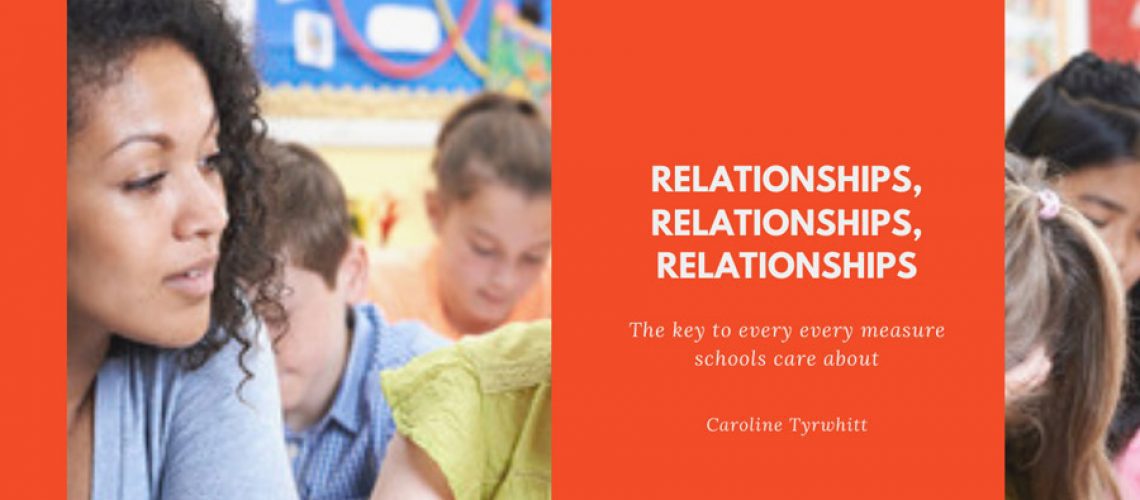Many of us will relate to the experience of underachieving because we didn’t like the teacher. And we probably know students whose grades dipped when they didn’t like their new teacher.
Instinctively, most teachers know that even with the best lesson plan in the world, if the students don’t like the teacher or the teacher doesn’t like the class, it won’t be the best of lessons.
It won’t come as a surprise therefore that a Review of Educational Research analysis of 46 studies found that strong teacher-student relationships were associated in both the short- and long-term with improvements on practically every measure schools care about: higher student engagement, attendance, results, less disruptive behaviour and fewer exclusions, and lower numbers of school refusers and NEETs. 1
In fact, the quality of teacher relationships with students has a larger effect on results than socio-economic status, professional development or [intervention programmes]. It is not that these don’t matter, but that relationships matter more. 2
The effect starts from a young age. Students who had more conflict with their teachers … in kindergarten also had lower academic achievement … and more behavioural problems (e.g., poorer work habits, more discipline problems) through the eighth grade. 3
If we consider that a student spends over 1,200 hours in school each year, the quality of the relationships with their school family will influence their identity and belonging as much as home.
In a class where the relationships between students and between students and teacher are of a good quality, students thrive because both teacher and students feel safe to take risks around learning and they discuss learning. There is trust between them.
So how can we create positive relationships with students in challenging schools where students don’t seem to care?
- In the first place, it is important to understand that school represents failure for some students, a place where they have learned they aren’t good enough and some have inherited that belief system from their parents. As a teacher we represent ‘the system’ and therefore their negativity is not personal to us but a response to their beliefs.
- We need to look after teacher wellbeing as physically and emotionally exhausted teachers struggle to sustain strong relationships with students. 4
- Great communication, which is fundamental to great relationships, requires teachers are self-aware. It is important to recognise who or what presses our buttons, what comments or situations make us behave unreasonably. Once we are aware, we can decide how we’re going to manage ourselves.
- Having good relationships with students is not about being friends, but about what Carl Rogers called ‘unconditional positive regard’: accepting a young person for who they are. It is about having empathy and compassion, and high expectations.
- Our every day language either undermines or fosters a nurturing, positive environment, an environment where students develop self-esteem, self-belief and self-efficacy. Even in situations where students don’t appear to care about what their teacher says, we know that even throw-away remarks may have long term consequences. So many adults are able to recall that teacher who inspired them or that comment in their school report or at parents’ evening that wrote them off.
- Research has shown that positive comments improves behaviour and academic outcomes. It is important that the praise is not ‘empty’, for example, “great”, “well done”, but full and specific praise that shows you know the child and have engaged with their work, for example, “Your image analysis shows excellent visual literacy. With skills like that, you could be a camera operator for the BBC.”
- Underpinning all conversations with students with positive language reduces conflict. For example, changing “warning” to “reminder” and focussing on what we want to have happen by removing the word ‘don’t’ from our vocabulary.
These strategies benefit us all as they lift mood and improve wellbeing.
In fact, a study in the European Journal of Psychology of Education found that a teacher’s relationship with students is the best predictor of how much the teacher experienced joy or anxiety in class. 1
Neurolinguistic Programming has tools and techniques that support building rapport and improving communication to enhance relationships. If you are a teacher who would love to improve your skills in this area, I would welcome you on my Certified Practitioner Training near Stansted. I also deliver NLP training at schools, please message me if you would be interested.
1 as cited in Education Week, March 12, 2019
2 Hattie, J. (2009). Visible Learning: A Synthesis of 800 Meta-Analyses Relating to Achievement cited on www.evidencebasedteaching.org.au
3 (Hamre & Pianta, 2001) as cited by American Psychological Association.
4 (Jennings & Greenberg, 2009) as cited by American Psychological Association


